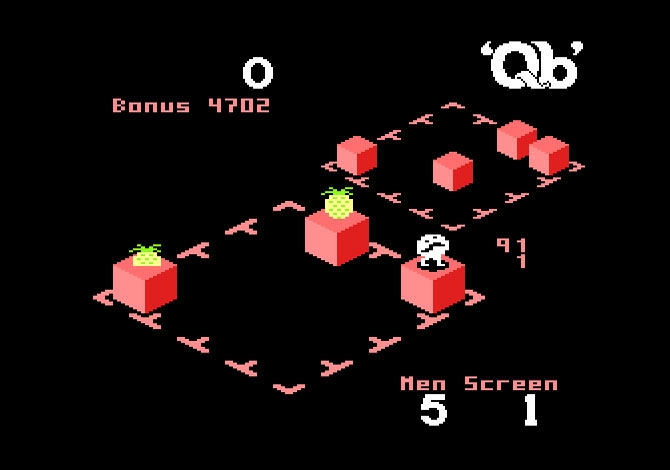
The goal of the game is simple: you slide blocks into a pattern, as shown in the upper right-hand corner of the screen. You can only move the blocks you are standing on, and you can only jump onto other blocks that you are directly next to. Fruit will appear as bonuses, and monsters will try to kill you or slide the blocks around, slowing your progress.
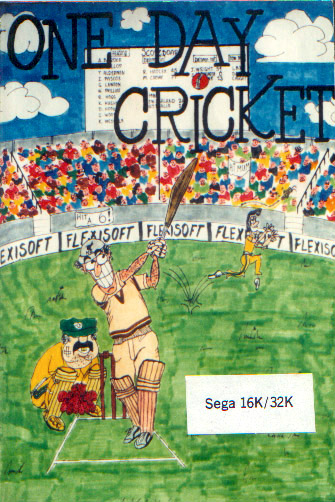
“One Day Cricket” is a game for 2 to 22 players It is a sports simulation game, with New Zealand versing Australia in One Day International Cricket. The game has the Australian and New Zealand teams built in, or if you choose, you can make your own teams up.
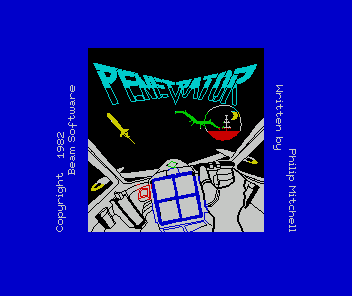
The tastefully named “Penetrator” was one of Beam Software’s earliest games. Designed for the ZX Spectrum by Philip Mitchell and Veronika Megler the game is a clone of Konami’s popular 1981 arcade game “Scramble”. A sideways scrolling shooter “Penetrator” recreates “Scramble”’s challenges of flying and shooting…
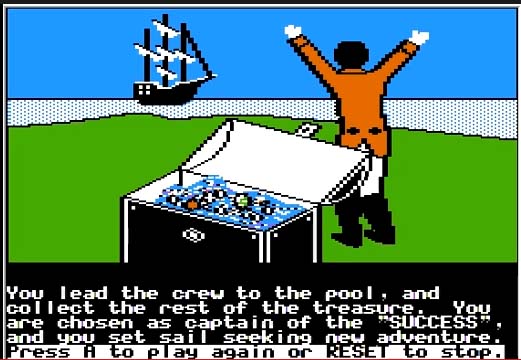
“Pieces of Eight” is designed as an individual or small-group manageable, language-based, educational courseware package. The program, when operating with a small group, promotes dynamic, collaborative interaction and co-operation. Using the software makes students apply a broad range of problem-solving techniques and logical-thinking skills.
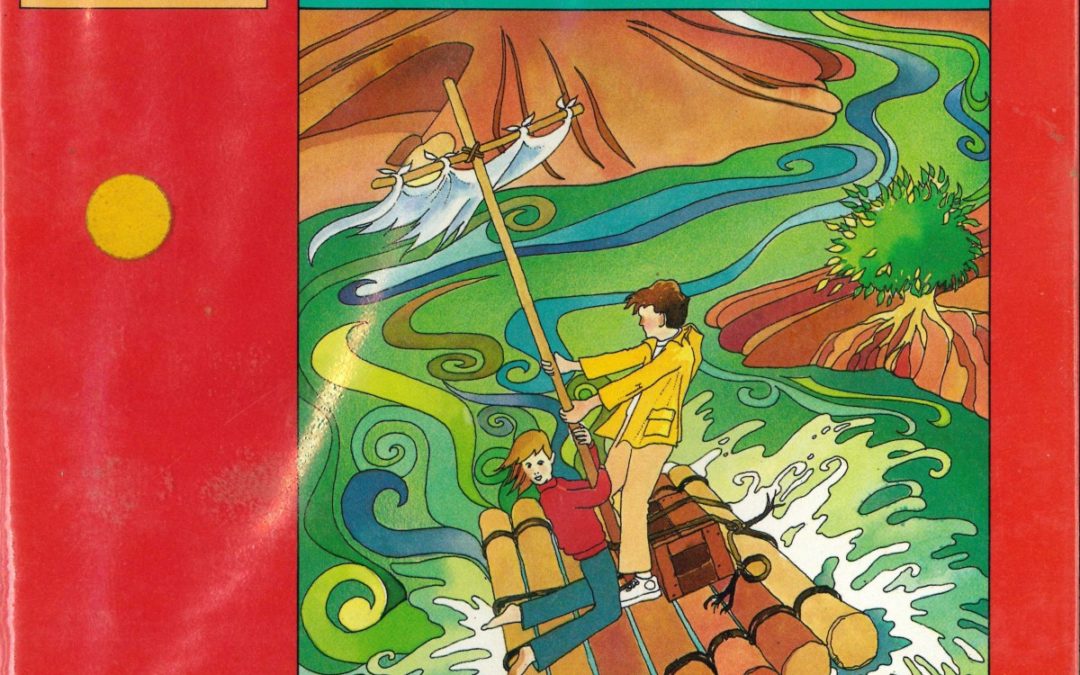
“Raft-Away River” is an adventure simulation game for two to six players. It is designed to encourage the social skills of effective communication, co-operative behaviour, and problem solving as a group. It also stimulates reading, comprehension and the interpretation of pictorial information.
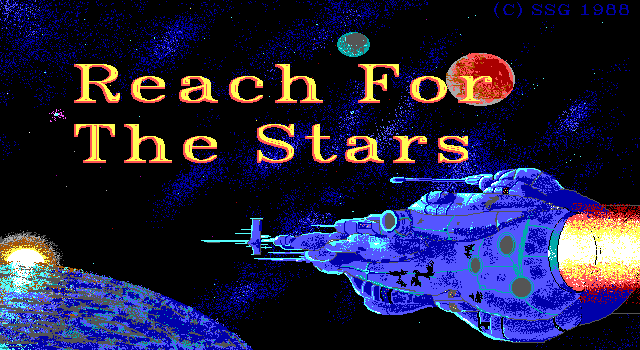
“Reach for the Stars: The Conquest of the Galaxy” is a turn-based, strategy / war simulation game. It is regarded as one of the first and best 4X (eXplore, eXpand, eXploit, eXterminate) games. The game was created and distributed by SSG Strategic Studies Group Pty Ltd.
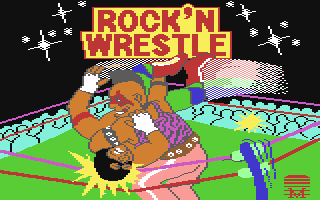
“Rock’n Wrestle” (known as “Bop’n Wrestle” in the US) was one of the first games to have 3D movement through space. The game allowed for single or dual player modes, using the joystick or the keyboard supporting twenty-four wrestling manoeuvres.
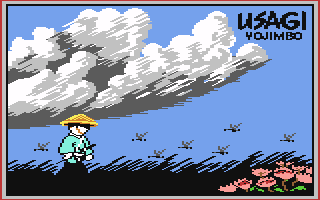
Samurai Warrior: The Battles of Usagi Yojimbo”, is based on a successful comic book by Stan Sakai. The hero is an anthropomorphic rabbit named Miyamoto Usagi, living in seventeenth-century Japan. Usagi is a masterless samurai (a ronin), who wanders the land, occasionally taking up work as a bodyguard.
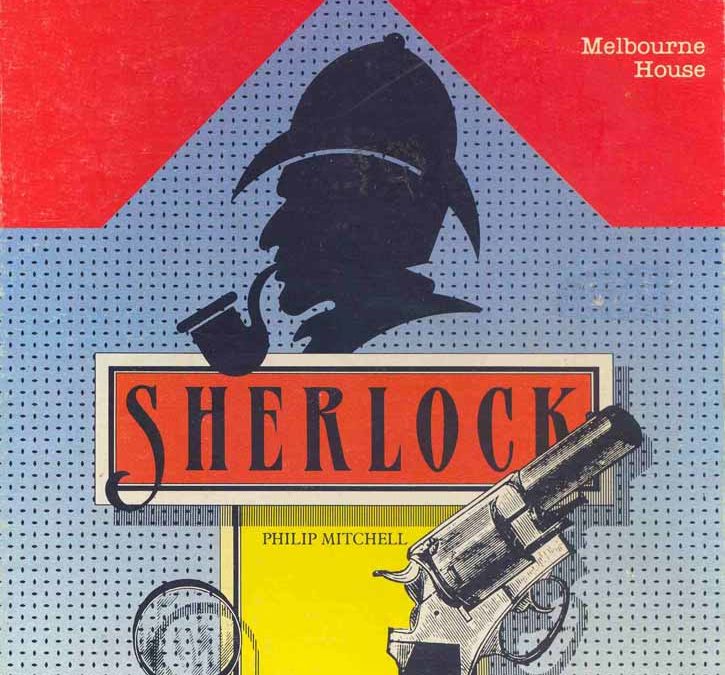
“Sherlock” is a 1984 text adventure developed by Philip Mitchell and Beam Software. It was published by Melbourne House. The game is based on the famous Sir Arthur Conan Doyle books featuring the super sleuth Sherlock Holmes, fiction’s most famous detective. You take the role of Holmes, assisted by Dr. Watson.
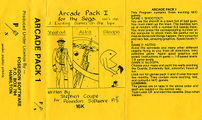
“ShootOut” is an arcade-style, shoot’em up game. You have to shoot the baddies as they appear from the buildings of the western town. Be careful not to miss, as you will shoot up the town.
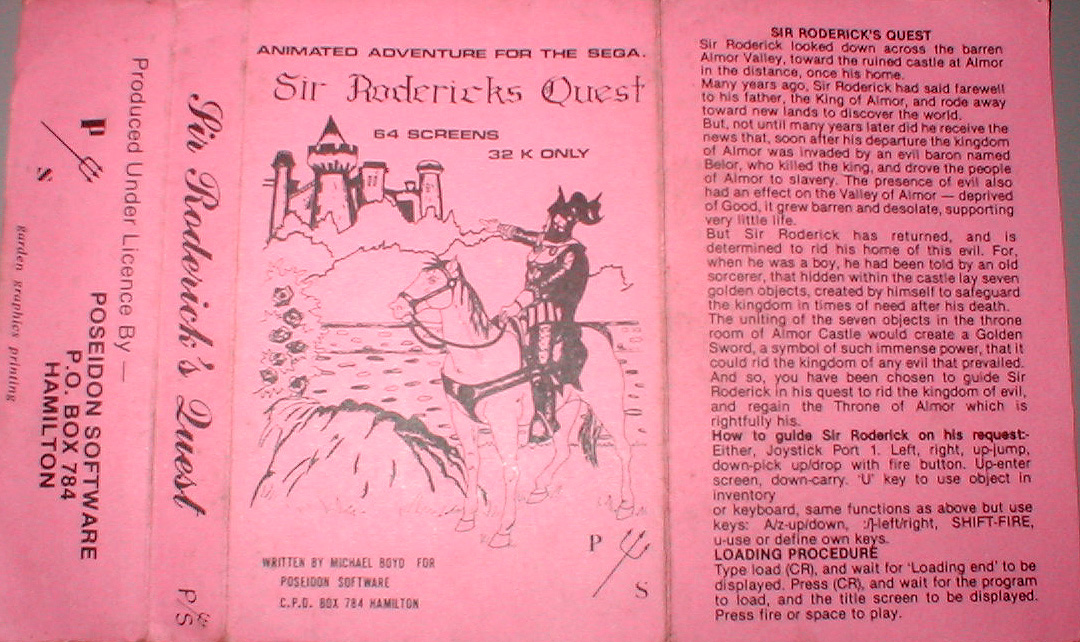
“Sir Roderick’s Quest” is a graphic adventure. It has been compared to similar games such as “Sceptre of Baghdad”, “Spellbound” and “Stormbringer”. You have to guide Sir Roderick through the castle, collecting the seven golden objects and returning them to the throne room.

“Sirius 7” is a horizontally-scrolling shoot ’em up game.
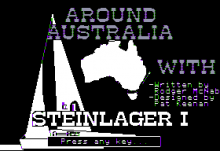
“Sail the Endeavour” is an educational maths game that mixes in some geography as well, as you sail the “Endeavour” using angles, map scales, etc
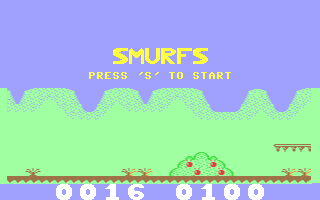
“Smurfs” is a platform game in which you use the joystick in Port 2, with fire to jump over prickles, avoid eggs, and to reach Smurfette at the end level. There are three stages – horizontally scrolling, vertically scrolling, and a flick-screen stage. The gameplay is quite a difficult challenge.
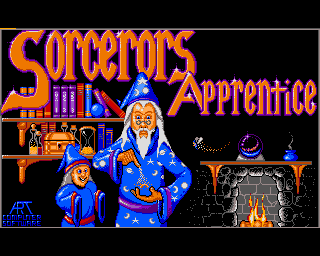
In “Sorcerer’s Apprentice”, you play the part of an old man who is blessed with the King’s magic powers. The reason for this is that the King wants you to free the land from the forces of darkness.
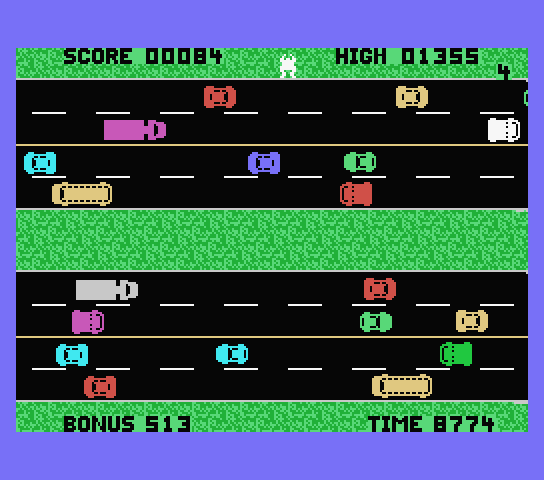
“Splat” is a “Frogger” clone.
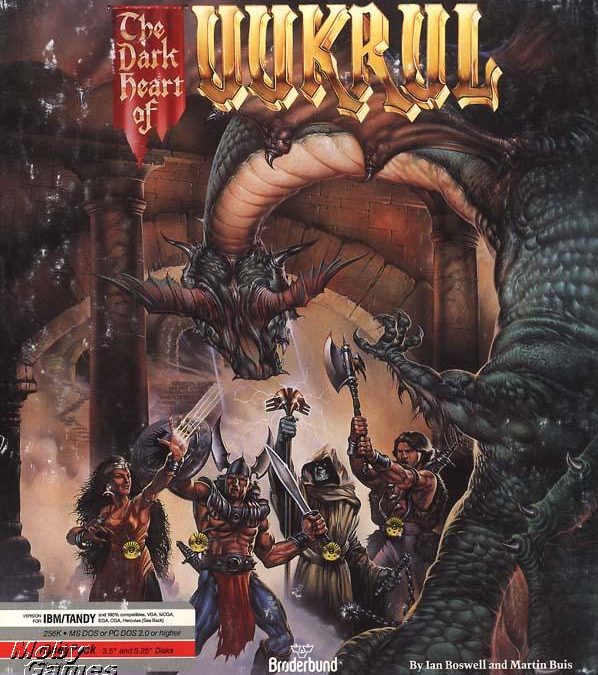
“The Dark Heart of Uukrul” is a first-person perspective, turned-based role-playing game (RPG), where you take control of a party of four specifically-classed adventurers: a fighter, a paladin, a priest, and a magician.

Before joining Beam Software in 1982 as their financial director Adam Lancman was working as an auditor in a big accounting company. Lancman had a passion for computer games and his enthusiasm for them was legendary in the office. He quickly became more involved in the business and management of Beam, becoming a shareholder, a director and later CEO. Alfred Milgrom saw Lancman as providing a much needed extra depth to Beams management team.
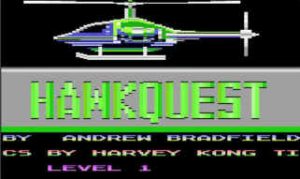
Andrew Bradfield lived in New Zealand. During high school, he became very interested in arcade game conversions and was interested in programming his own computer game. Shortly after finishing high school he taught himself assembler language and, supported and advised by Todd Gramstrup, a local Atari enthusiast, soon started writing games.
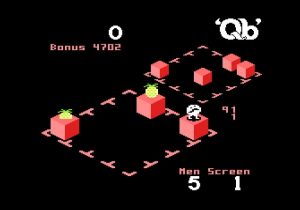
Andrew Davie always loved electronic games and computer programming. He first remembers getting ‘into’ programming around 1977, when he was in grade 7. Davie was passionate about arcade games from the late 1970s. School gave him his first real taste of programming and he taught himself how to write games. He followed this by writing a game on his 31-step Sharp programmable calculator.
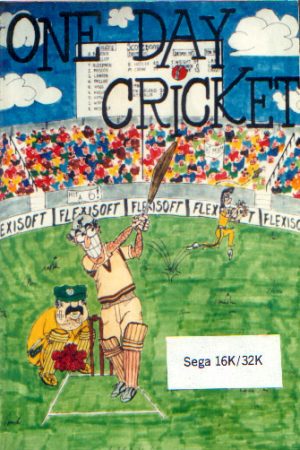
This profile is yet to be completed. Contribute what you know and help to complete the Archive.

Best remembered for his Pavloada fast loader for speedy cassette loads that even allowed for sound and animations to play during the tape loading, Pavlumanolakos joined Beam in 1984 as a programmer. The first Pavloada was created overnight by Pavlumanolakos as demonstration of his skills for his job interview.
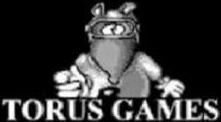
Bill McIntosh was working testing aircraft for Royal Air Force, a job he found rather dull, when in 1981 his wife bought him the new Sinclair ZX 81 for his birthday. He plugged it into a little black and white television and his life changed. From that moment onwards he would wake up early, stay up late and find any spare moment to program games. When the colour Sinclair Spectrum came out in the following year, programming became a true obsession.
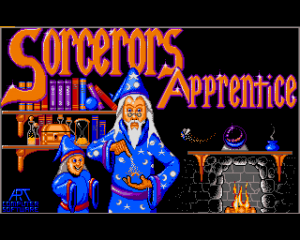
Blair Zuppicich was one of the group of developers for Art Software for the Amiga computer (along with Rodney Smith and Cameron Mckechnie).
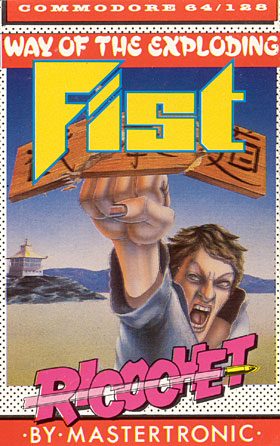
Bruce Bayley studied computer science at RMIT. He worked at Beam Software on games such as The Way of the Exploding Fist(1985) and Rock’n Wrestle(1985). This profile is yet to be completed. Contribute what you know and help to complete the Archive.

























